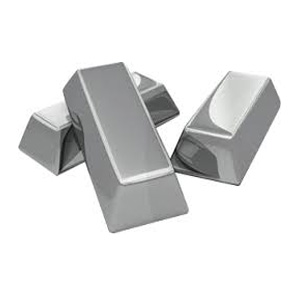Hastelloy Alloys
The Corrosion-Resistant Hastelloy alloys are widely used by the chemical processing industries. The need for reliable performance leads to their acceptance and growth in the areas of energy, health and environmental, oil and gas, pharmaceutical and flue gas desulfurization industries. The attributes of Hastelloy alloys include high resistance to uniform attack, outstanding localized corrosion resistance, excellent stress corrosion cracking resistance, and ease of welding and fabrication.
Hastelloy Alloy possesses outstanding resistance to non-oxidizing acids, such as hydrochloric acid and sulfuric acid. The advantages of Hastelloy B-3 alloy over previous B-family alloys are enhanced thermal stability and improved fabrication characteristics.





